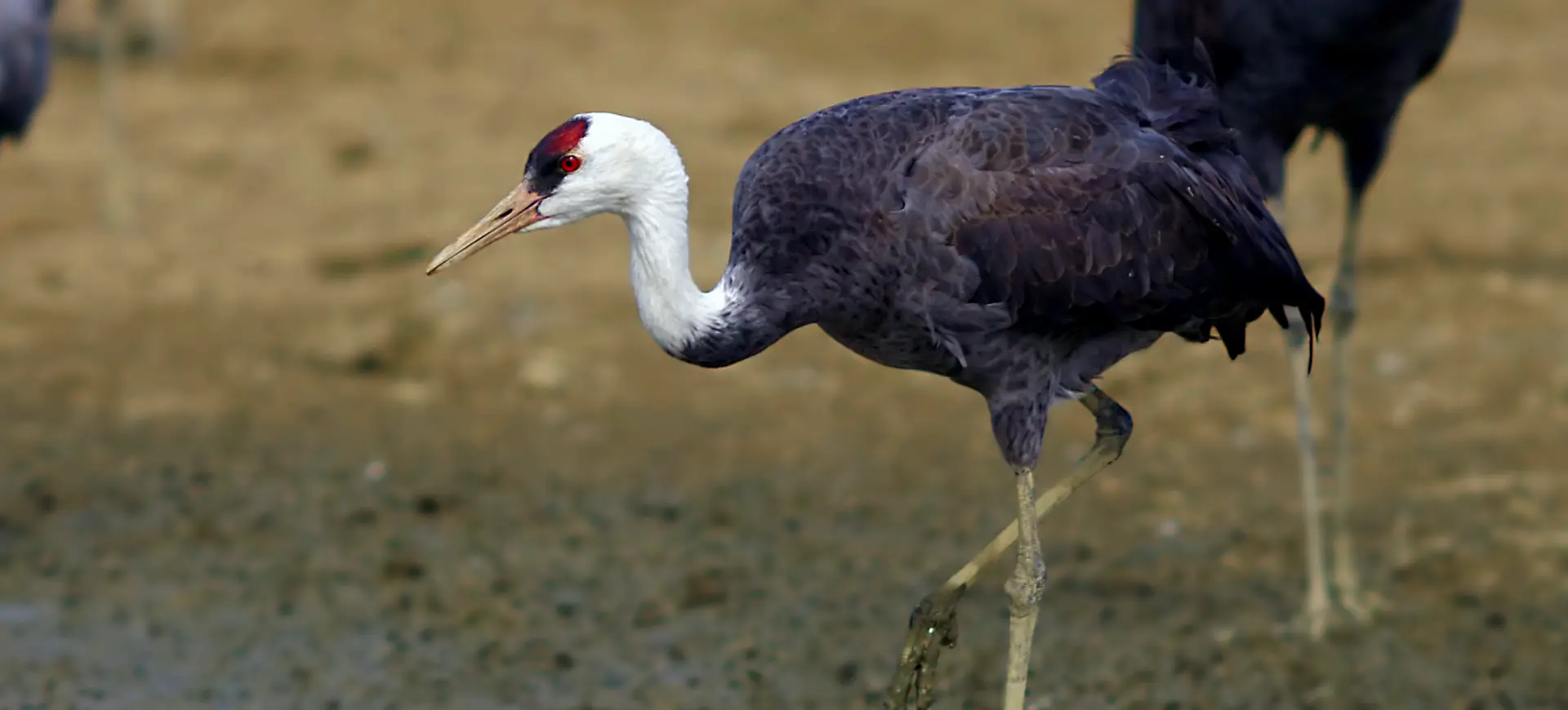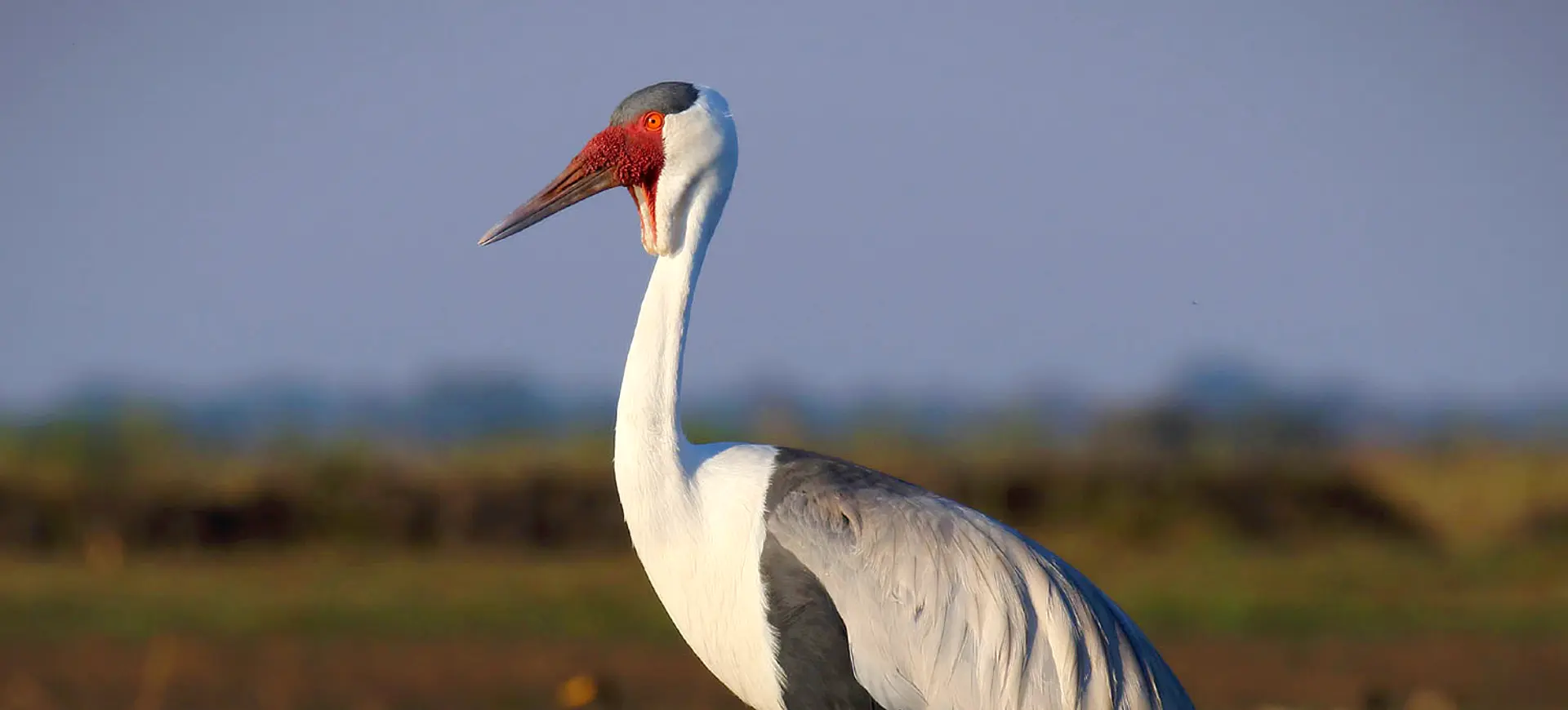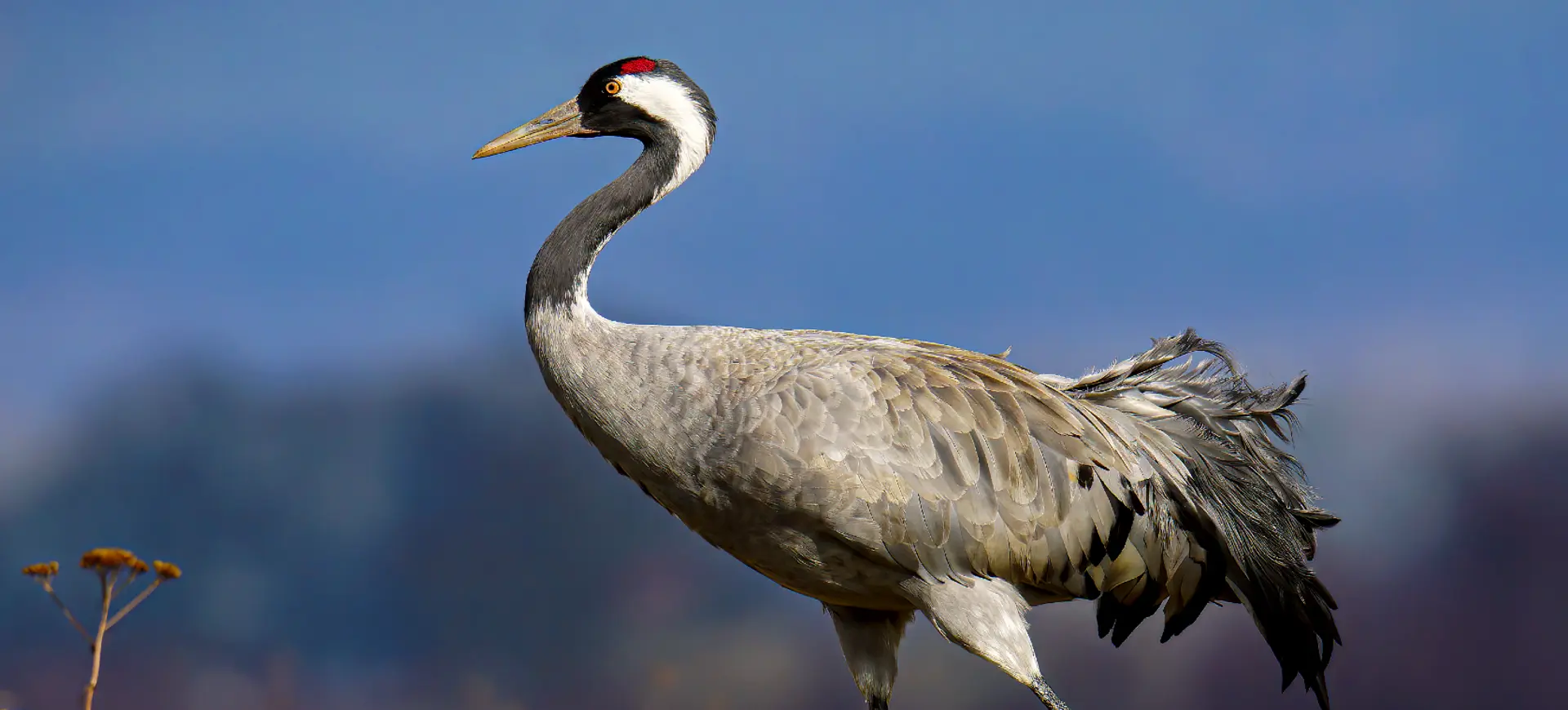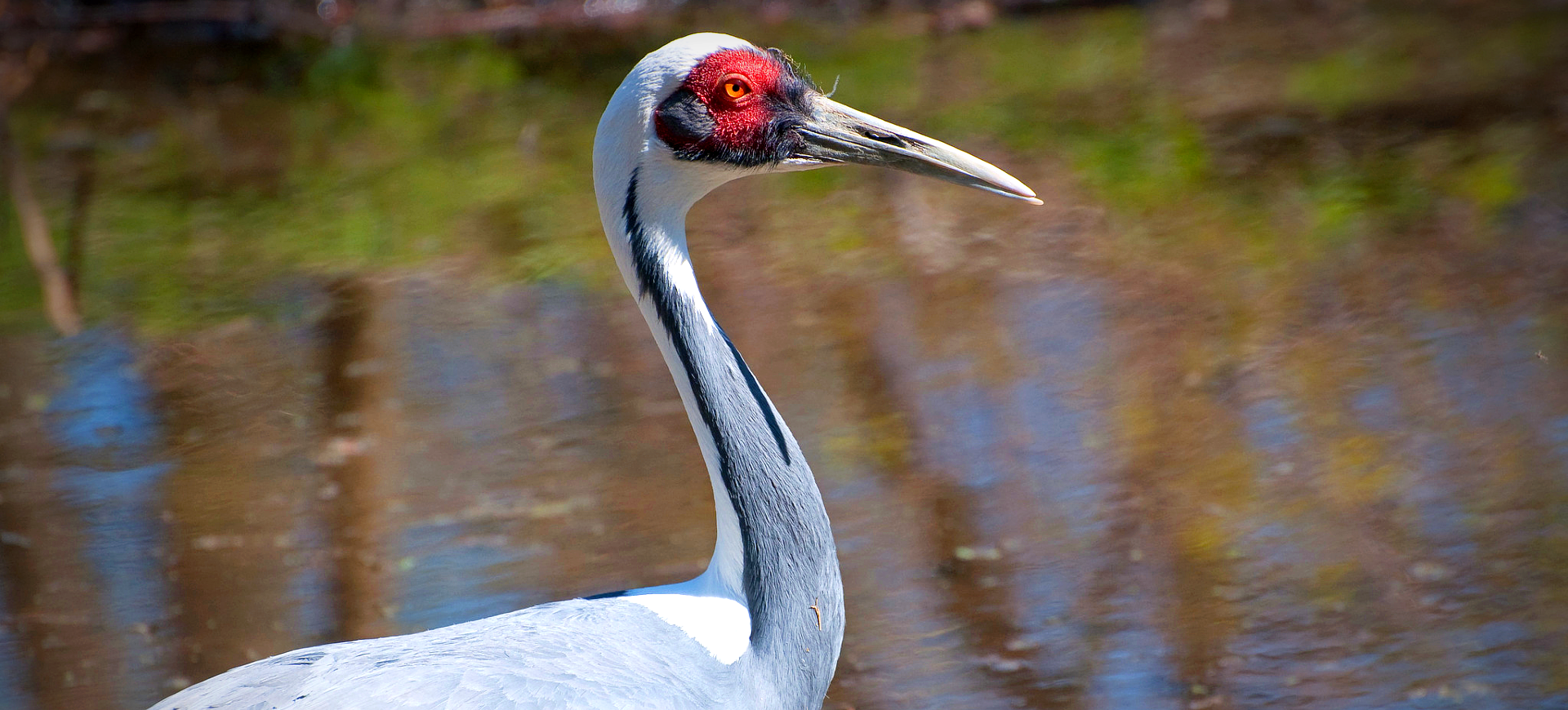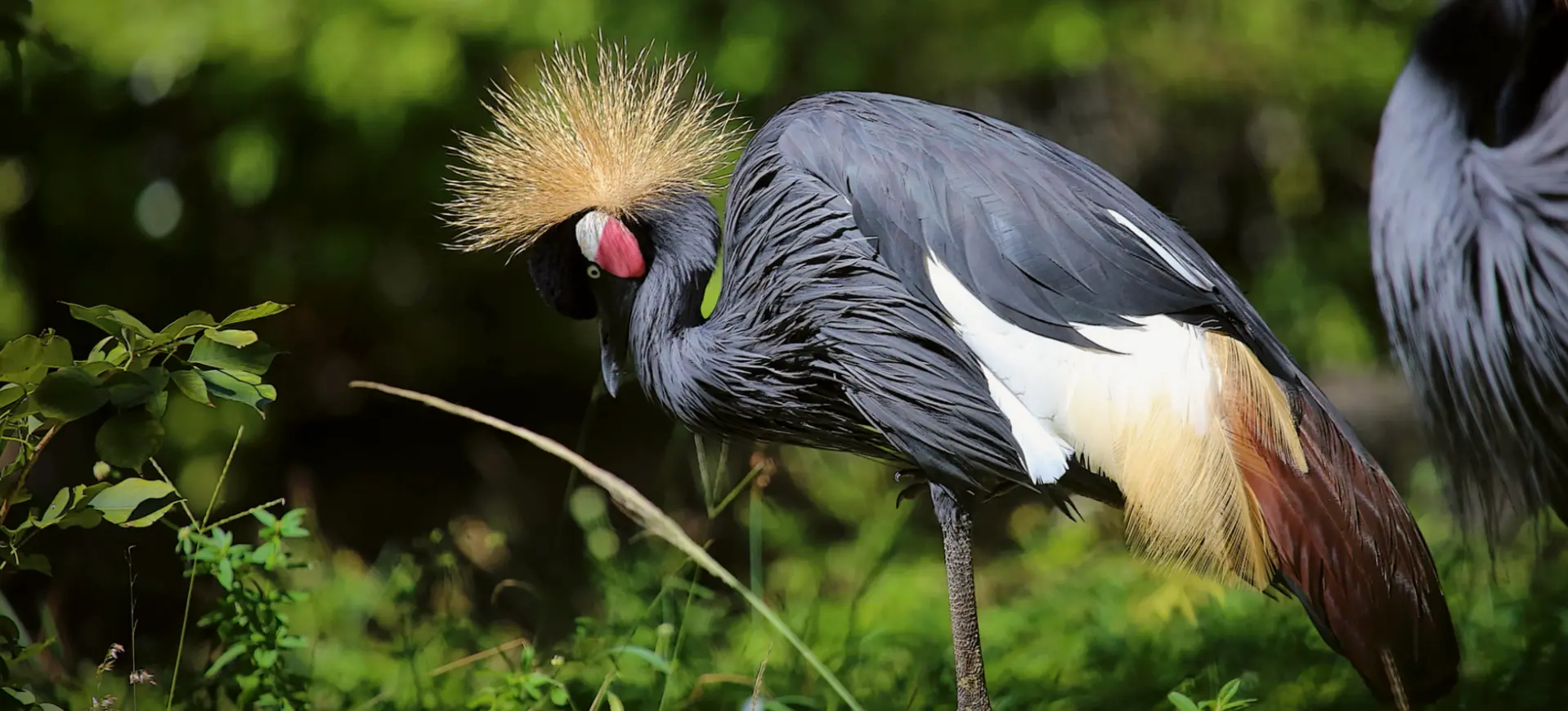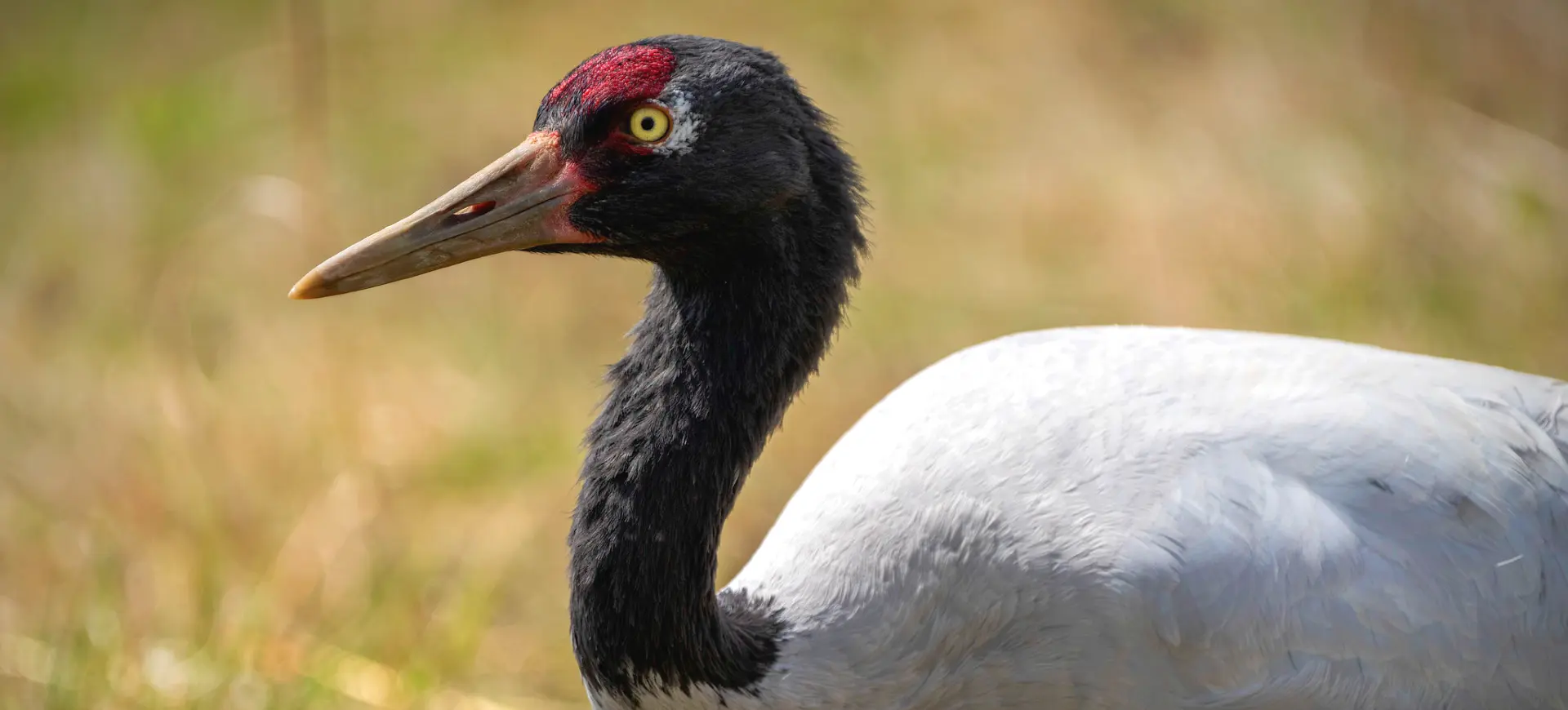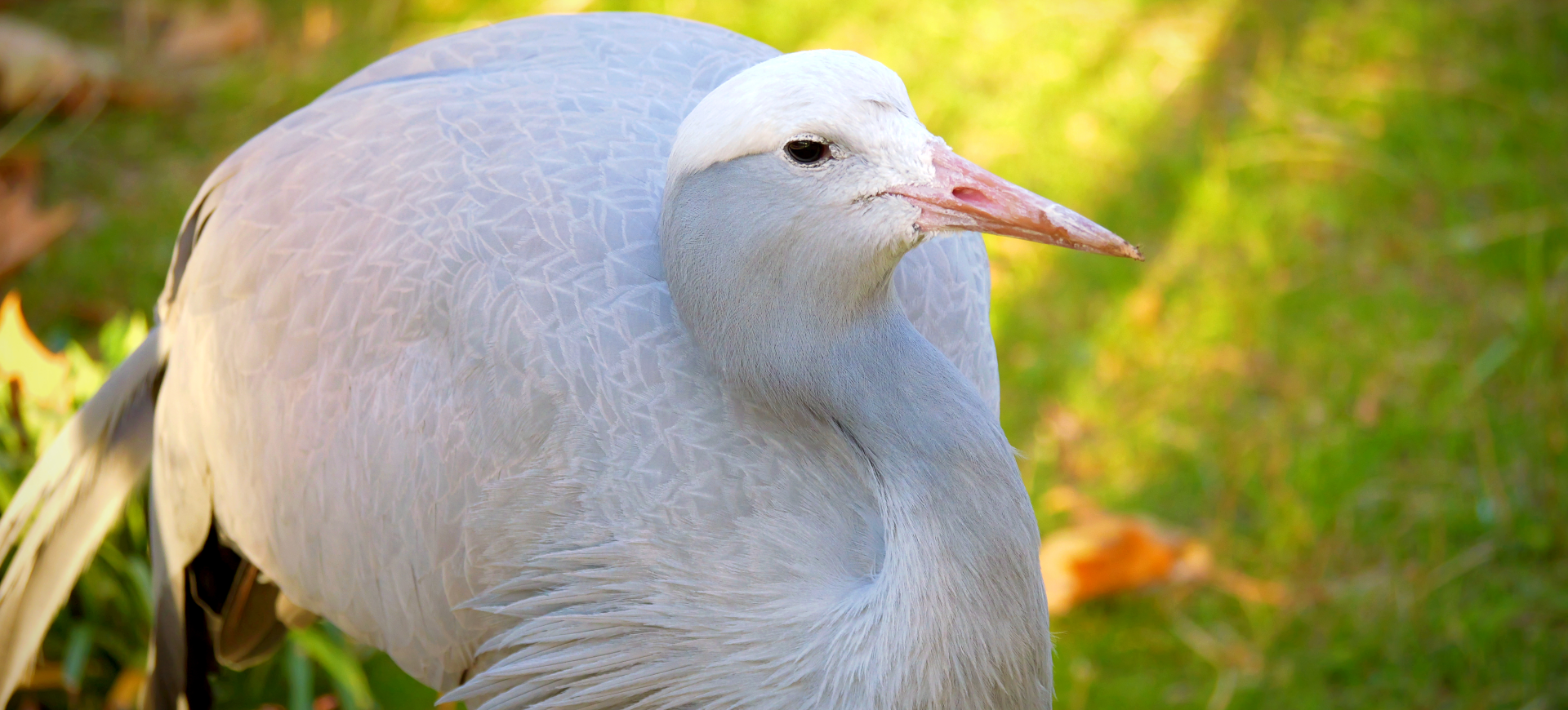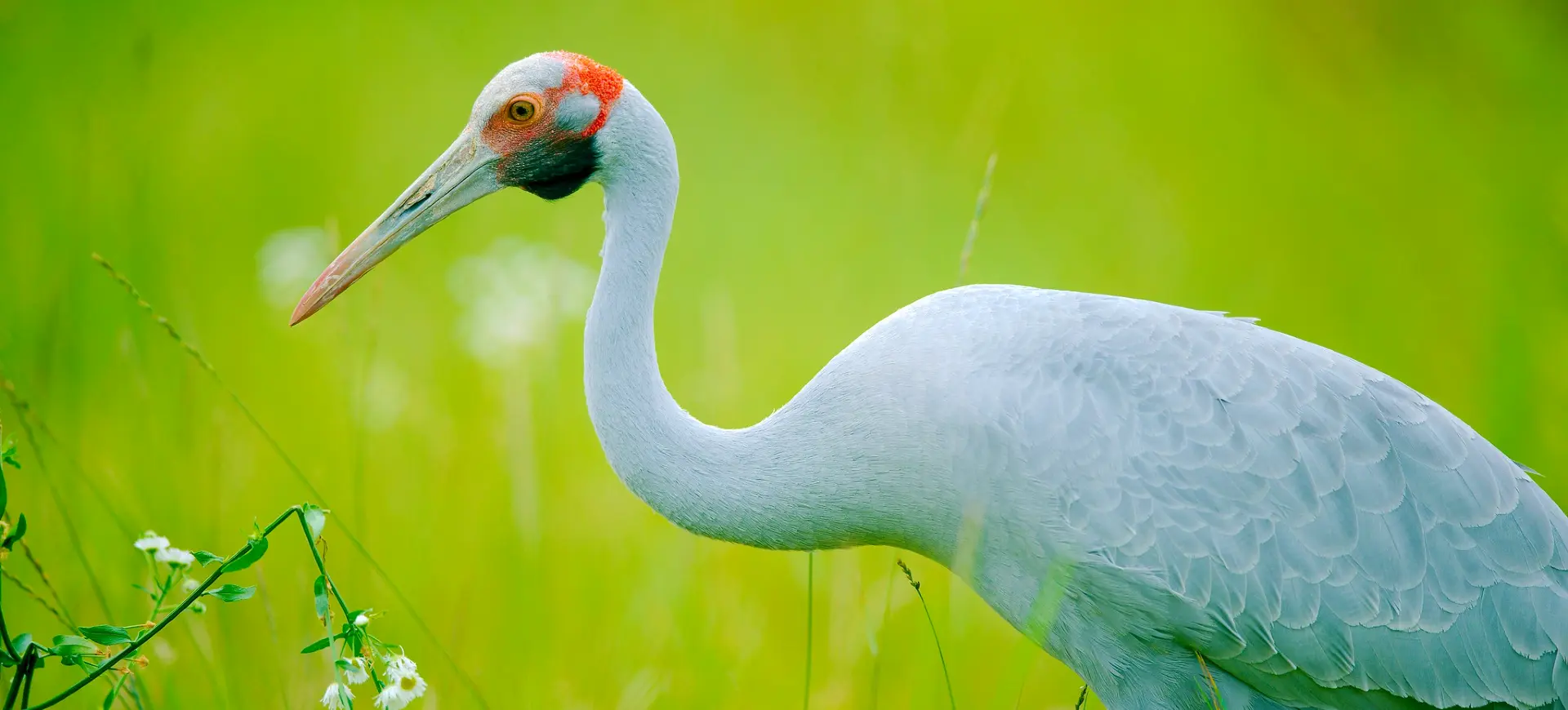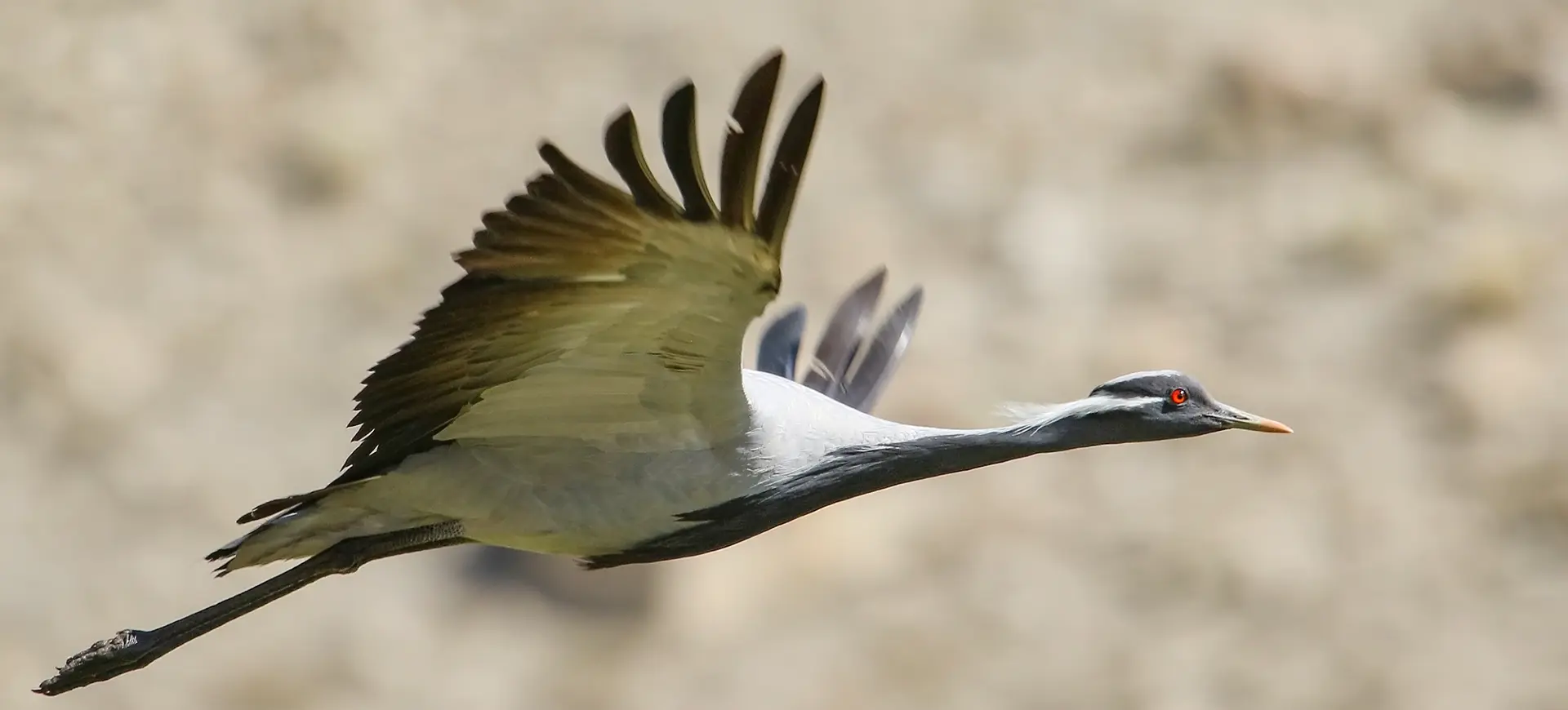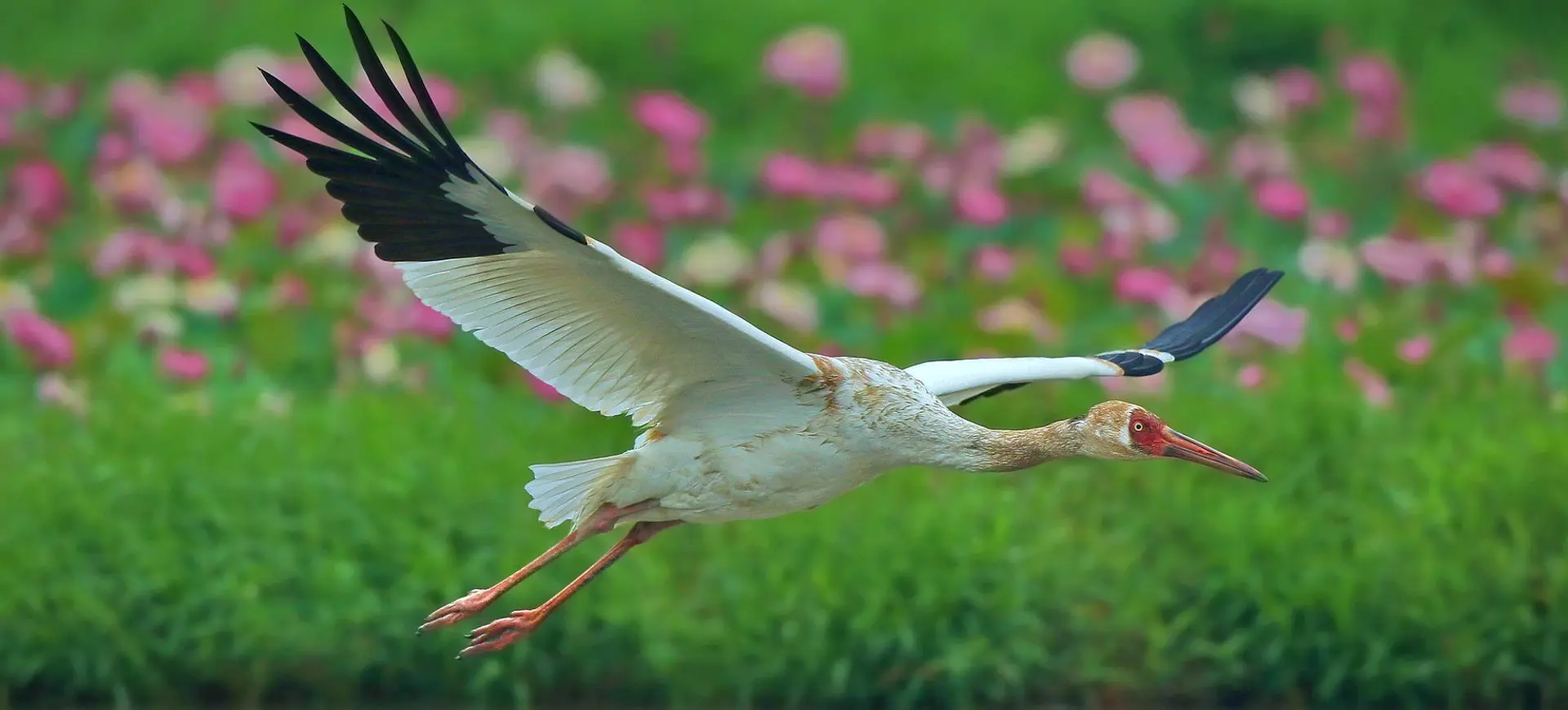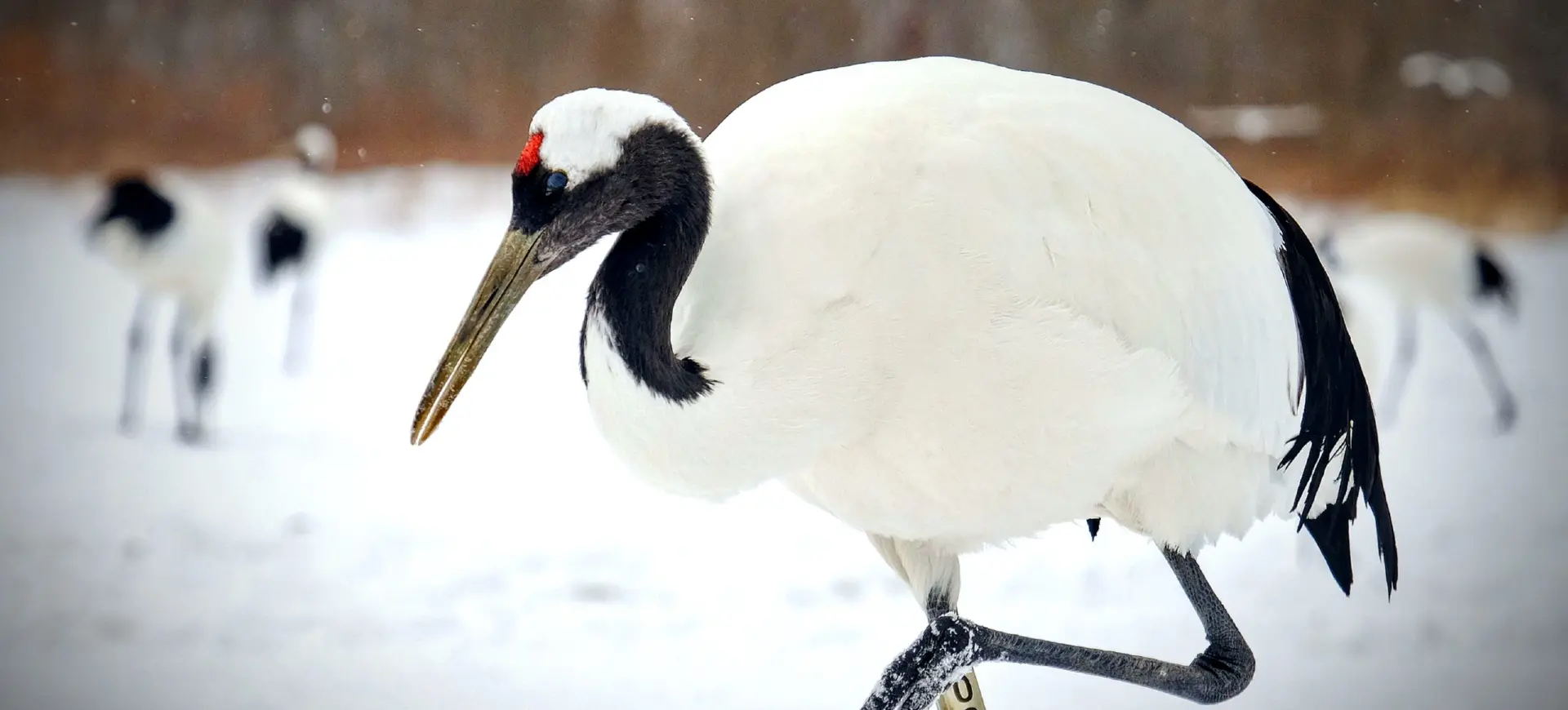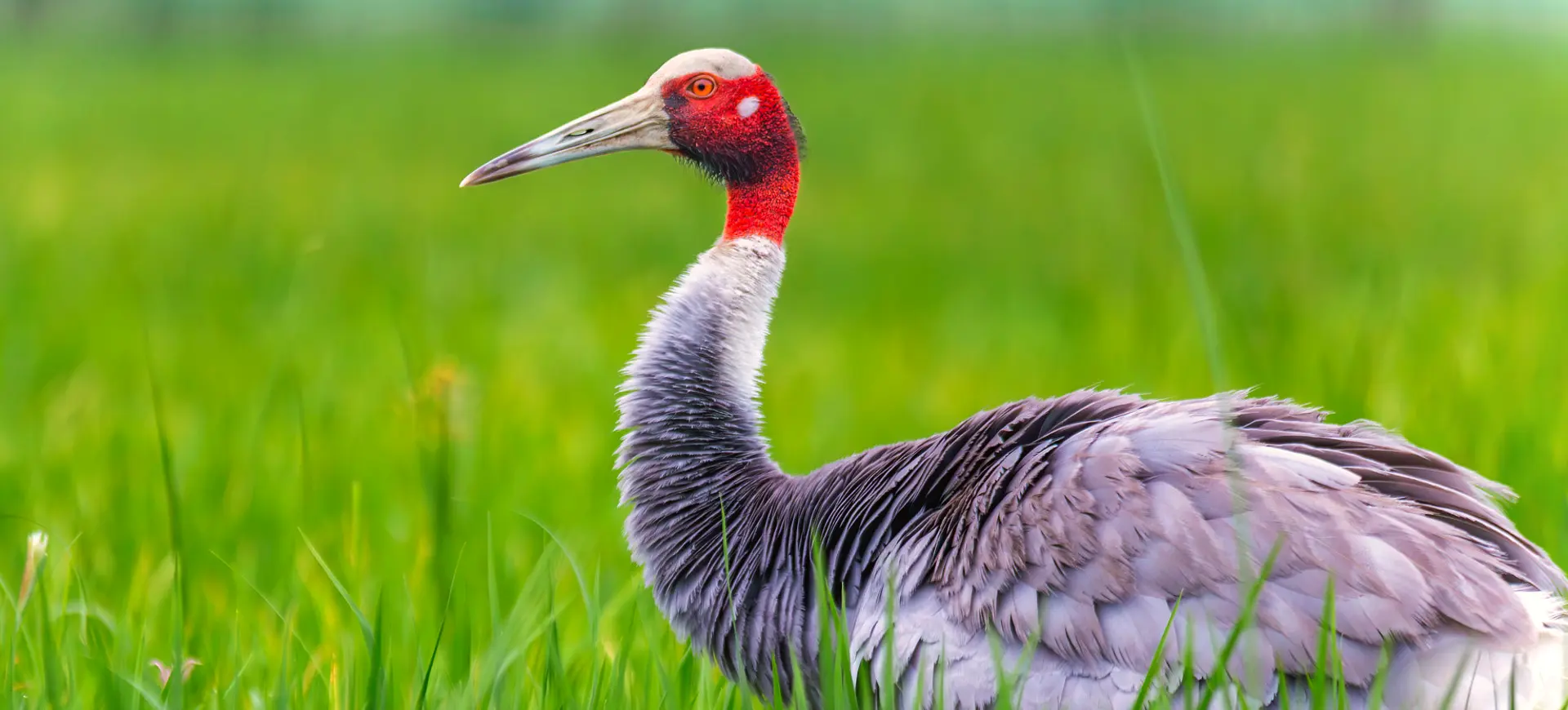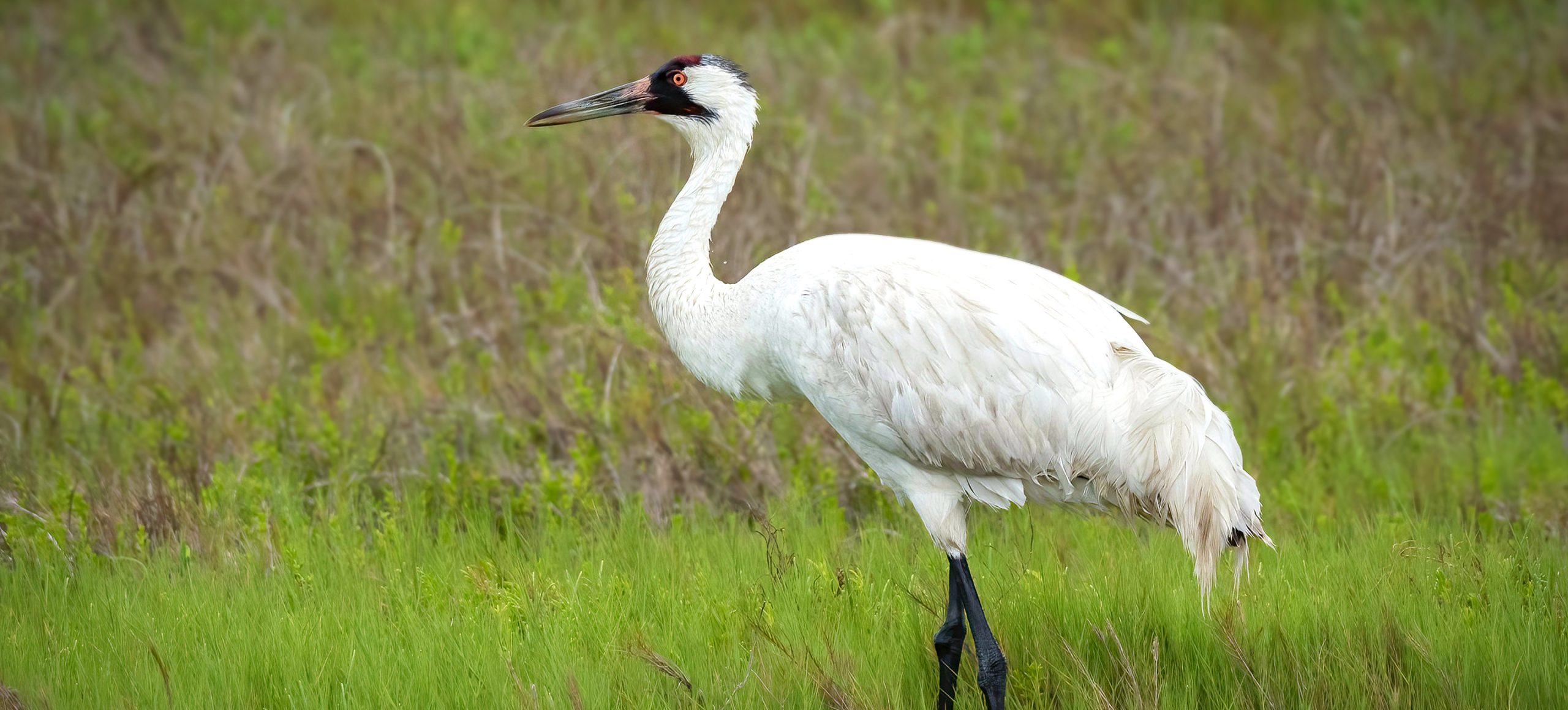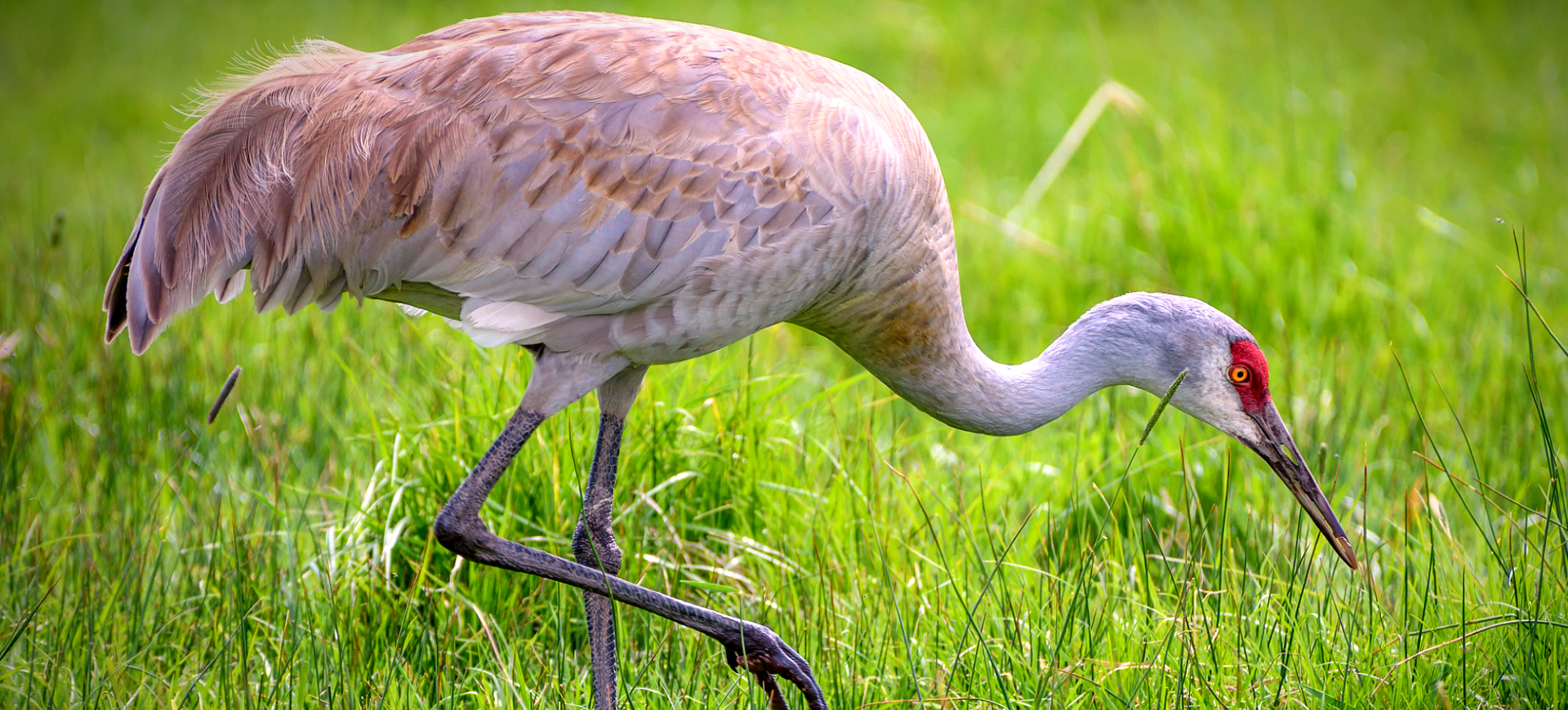Overview
The Gray Crowned Crane is a visually striking bird native to the wetlands and grasslands of sub-Saharan Africa. It is distinguished by its golden-yellow crown of feathers, which starkly contrasts its primarily gray and white plumage. The crane is renowned for its elaborate courtship dances, which involve a series of intricate moves, vocalizations, and feather displays, captivating both birdwatchers and researchers alike.
The species is typically found in wetlands, grasslands, and even agricultural areas, where it feeds on a diverse diet that includes plants, insects, and small vertebrates. Its adaptability to various habitats has allowed it to survive in natural and human-modified environments. However, this adaptability has not prevented it from facing significant threats, including habitat loss and degradation due to human activities.
In many African cultures, the Gray Crowned Crane symbolizes beauty and longevity. It is also the national bird of Uganda, emphasizing its importance both culturally and ecologically. Despite its iconic status and wide distribution, the species is currently listed as endangered, facing declining populations due to habitat loss, human-wildlife conflict, and other anthropogenic factors.
Taxonomy
Kingdom
Phylum
Class
Order
Family
Genus
Species
Type
Physical Description:
The Gray Crowned Crane is a medium-sized bird standing approximately 39 to 43 inches tall. Its most striking feature is its crown of golden-yellow feathers, a distinguishing characteristic of the species. The body is primarily gray, with patches of white and brown, and the wings are tipped with white feathers. The eyes are a pale gray, and the beak is relatively short and pointed.
The crane’s legs are long and adapted for wading through shallow waters. These legs are gray to black and are equipped with long, sharp claws. The bird also has a long neck, which aids in reaching food in both aquatic and terrestrial environments. The Gray Crowned Crane’s unique appearance makes it one of Africa’s most easily recognizable and visually appealing bird species.

Lifespan: Wild: ~20 years || Captivity: ~25 years

Weight: Male: 7.7–8.8 lbs (3.5–4 kg) || Female: 7.1–7.9 lbs (3.2–3.6 kg)

Height: Male: 39–43 in (99–109 cm) || Female: 37–41 in (94–104 cm)

Wingspan: Male & Female: 71–79 in (180–200 cm)

Top Speed: 25 mph (40 km/h)
Characteristic:
Native Habitat:
The Gray Crowned Crane is native to sub-Saharan Africa and is commonly found in wetlands, grasslands, and agricultural fields. These habitats provide the necessary resources for feeding, nesting, and raising chicks. Wetlands are particularly important, offering a rich food source, including aquatic plants and small vertebrates.
Despite its adaptability, the crane faces significant habitat loss and degradation threats, primarily due to human activities like agriculture and settlement. The species is currently listed as endangered, and its populations are declining across its native range, making conservation efforts crucial for its survival.
Biomes:
Biogeographical Realms:
Continents:
Diet:
Diet & Feeding Habits:
The Gray Crowned Crane is an omnivore, feeding on various food items. It primarily consumes plant matter like seeds, grains, and tubers, which it forages from aquatic and terrestrial environments. The crane uses its beak to dig into the soil or mud to extract roots and tubers, constituting a significant portion of its diet.
In addition to plant matter, the crane feeds on insects, small fish, and amphibians. It is particularly fond of insects like grasshoppers and beetles, which it catches by pecking at the ground or water surface. During the breeding season, the consumption of animal matter increases, providing essential nutrients for egg production and the development of chicks.
Mating Behavior:
Mating Description:
The Gray Crowned Crane is known for its elaborate courtship rituals involving a series of dances, calls, and displays. Both males and females participate in the dance, which includes bowing, jumping, and flapping of wings. These displays strengthen the pair’s bond and are often performed synchronously, making it a fascinating spectacle.
Once the pair is formed, they build a nest near water bodies. The female typically lays 2 to 4 eggs, which both parents incubate for about 30 days. After hatching, the chicks are cared for by both parents and fledge after about 60 to 100 days. The young cranes are then taught to forage and fend for themselves, although they remain with their parents for several months before becoming independent.
Reproduction Season:
Birth Type:
Pregnancy Duration:
Female Name:
Male Name:
Baby Name:
Social Structure Description:
The Gray Crowned Crane is generally a social bird, often found in pairs or small family groups. During the breeding season, they become more territorial, defending their nesting sites from intruders. However, they can be found outside the breeding season in larger flocks, especially in areas with abundant food resources.
Social interactions among Gray Crowned Cranes include a range of vocalizations and displays, primarily during the breeding season. These interactions serve to strengthen social bonds and establish hierarchies within the group. Despite their social nature, conflicts are rare, and the birds generally maintain social tolerance, particularly when feeding.
Groups:
Conservation Status:
Population Trend:
The Gray Crowned Crane is currently listed as endangered, with a decreasing population trend. The species faces significant threats from habitat loss due to agricultural expansion, drainage of wetlands, and human settlement. Despite its wide distribution across sub-Saharan Africa, localized populations are experiencing rapid declines, raising concerns for its long-term survival.
Conservation initiatives are underway to protect critical habitats and mitigate human-wildlife conflict. These include community-based conservation programs, habitat restoration efforts, and legal protection of key breeding and feeding sites. However, the effectiveness of these measures is yet to be fully assessed, and the species remains at risk.
Population Threats:
The primary threats to the Gray Crowned Crane population include habitat loss and degradation, mainly due to agricultural activities and drainage of wetlands. These habitats are crucial for the crane’s survival, providing essential resources for feeding, nesting, and raising chicks. In addition to habitat loss, the species is also threatened by illegal trade, particularly the capture of chicks for the pet trade.
Human-wildlife conflict is another significant threat, especially in regions where the crane’s natural habitat overlaps with agricultural fields. The birds are often considered pests and are sometimes killed to protect crops. Despite its adaptability, the Gray Crowned Crane faces increasing pressures from various anthropogenic factors, putting its survival at risk.
Conservation Efforts:
Conservation efforts for the Gray Crowned Crane primarily focus on habitat protection and community engagement. Several initiatives aim to restore degraded wetlands and grasslands, which are crucial for the crane’s survival. Community-based conservation programs are also in place to educate local communities about the ecological importance of the species and promote sustainable land use practices.
Legal protection is another critical aspect of conservation efforts. The species is protected under various national and international laws, prohibiting its capture and trade. Despite these measures, enforcement remains a challenge, and more needs to be done to ensure the long-term survival of this iconic African bird.
Additional Resources:
Fun Facts
- The Gray Crowned Crane is the national bird of Uganda.
- Thanks to a prehensile hind toe, it is one of the few crane species capable of roosting in trees.
- The crane’s elaborate courtship dance is a subject of fascination and study.
- They eat almost anything, including grains, insects, and small fish.
- Many African cultures consider The species a symbol of longevity and elegance.
- Gray Crowned Cranes are known to form monogamous pairs that mate for life.
- They are one of the most threatened crane species in the world.
- The crane’s crown of feathers is not just for show but also for display during social interactions.
- Despite their large size, they are excellent fliers and can cover long distances for food.
- The Gray Crowned Crane has a unique “booming” call, which can be heard over long distances.










